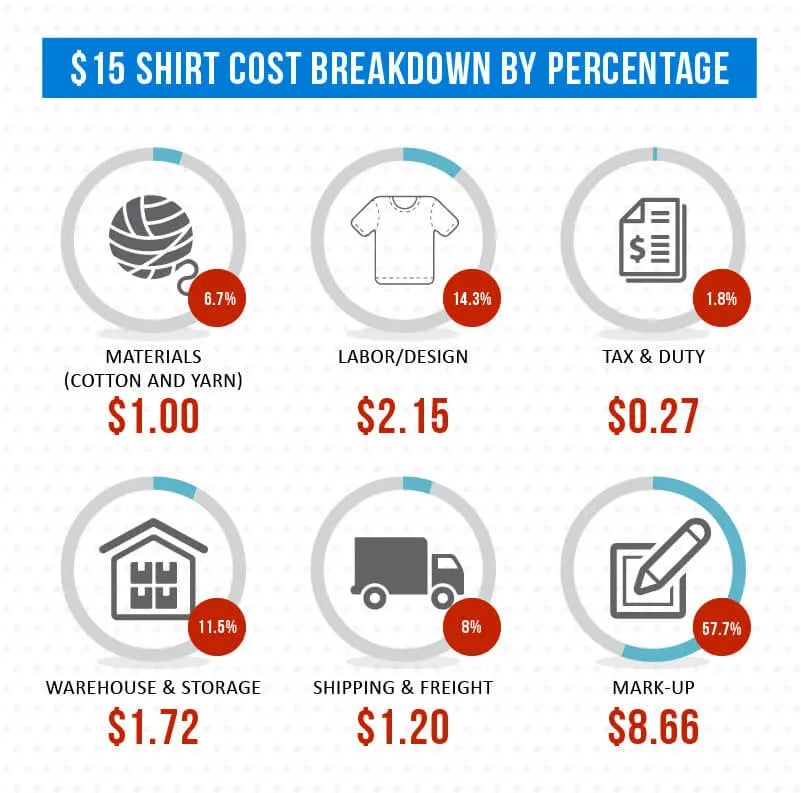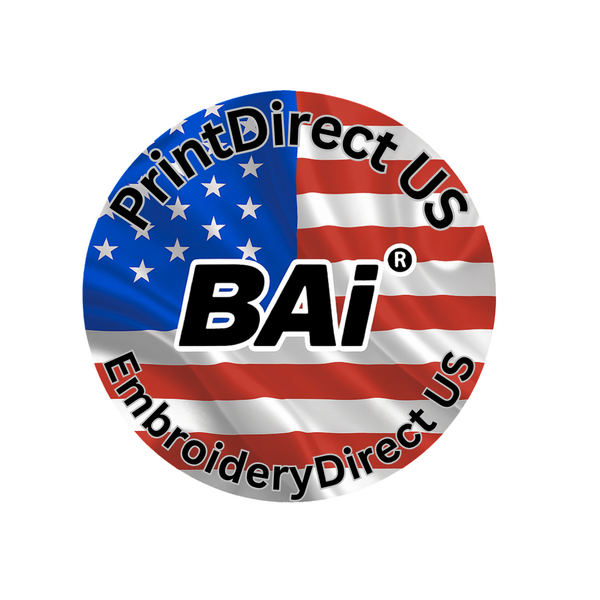
The Art of Pricing: How to Price Custom DTG Printed Shirts
Share
Pricing custom DTG (Direct-to-Garment) printed shirts is both a science and an art. It involves balancing factors such as production costs, market demand, competitor pricing, and perceived value to determine a fair and profitable price point. In this blog, we'll dive into the strategies and considerations for pricing custom DTG printed shirts effectively, ensuring that you maximize profitability while offering value to your customers.
Understanding Cost Factors:
Material Costs:
- Calculate the cost of the shirt itself, including the quality, brand, and size. Factor in any additional materials such as specialty inks, pretreatment solutions, and consumables used in the printing process.
Ink Consumption:
- Estimate the amount of ink consumed per print, especially for designs with multiple colors or large coverage areas. Consider the cost of white ink for dark shirts and the usage of specialty inks for specific effects.
Labor Costs:
- Factor in labor costs associated with artwork preparation, printing setup, machine operation, quality control, and post-production tasks such as curing or heat pressing. Consider the time and expertise required for each print job.
Overhead Expenses:
- Include overhead expenses such as rent, utilities, equipment maintenance, software subscriptions, marketing, and administrative costs. These overhead expenses contribute to the overall cost of production and should be factored into pricing.
Profit Margin:
- Determine your desired profit margin, which is the percentage of profit you aim to make on each shirt sold. Consider industry standards, market trends, and your business goals when setting profit margins.
Market Research and Competitive Analysis:
Research Market Trends:
- Conduct market research to understand current trends, customer preferences, and pricing benchmarks in the custom apparel industry. Analyze pricing strategies used by competitors and identify opportunities for differentiation.
Competitive Analysis:
- Analyze the pricing of similar DTG printed shirts offered by competitors. Compare factors such as shirt quality, print quality, design complexity, turnaround time, and pricing structures to assess your competitive position.
Pricing Strategies for Custom DTG Printed Shirts:
Cost-Plus Pricing:
- Calculate your total production costs per shirt and add a markup to cover overhead expenses and profit. This straightforward pricing method ensures that you cover costs while generating a profit margin.
Value-Based Pricing:
- Consider the value perceived by customers when pricing your shirts. Factors such as design uniqueness, print quality, customization options, and brand reputation can justify higher prices based on perceived value.
Tiered Pricing:
- Offer tiered pricing based on factors such as shirt quality, print size, design complexity, and order quantity. Provide discounts for bulk orders or volume discounts to incentivize larger purchases.
Bundle Pricing:
- Create bundled packages that combine multiple shirts, designs, or customization options at a discounted price. Bundle pricing encourages customers to buy more and increases the average order value.
Promotional Pricing:
- Use promotional pricing strategies such as limited-time discounts, seasonal promotions, flash sales, or special offers to attract customers and stimulate sales. Ensure that promotional pricing aligns with your profit goals and doesn't devalue your products.
